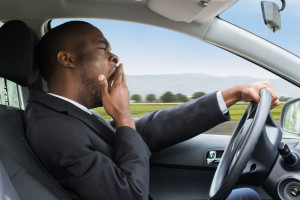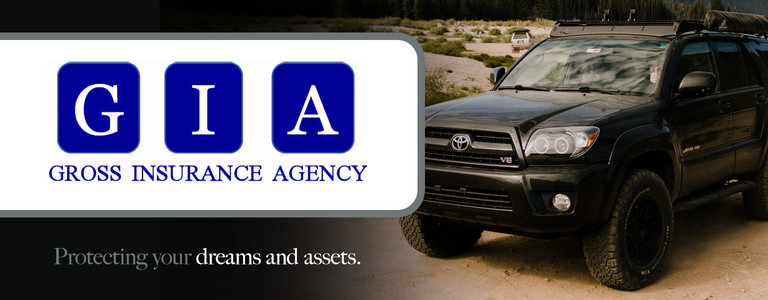 If you’ve ever felt tired behind the wheel, you’re not alone. Many American drivers have a hard time staying awake, according to information gathered by the AAA Foundation for Traffic Safety’s annual Traffic Safety Culture Index. Nearly one-third of drivers admitted to driving while being so tired that they had a hard time keeping their eyes open at least once over the period of a month. Nationwide, drowsy drivers are involved in an estimated one in five fatal crashes.
If you’ve ever felt tired behind the wheel, you’re not alone. Many American drivers have a hard time staying awake, according to information gathered by the AAA Foundation for Traffic Safety’s annual Traffic Safety Culture Index. Nearly one-third of drivers admitted to driving while being so tired that they had a hard time keeping their eyes open at least once over the period of a month. Nationwide, drowsy drivers are involved in an estimated one in five fatal crashes.
Research shows that drivers who get one to two hours of sleep less than the recommended average of seven to eight hours of sleep per night are more at risk for accidents. And those who work varying shifts can be at risk too since they often have disrupted sleep cycles.
Of course, just like other dangerous behaviors, the more people are aware of the issue, the more they can take precautions. Getting seven or eight hours of sleep at night and not relying on caffeine as a substitute to keep you awake is good practice. If you’re you’re driving solo and have a long road trip ahead, make plans to pull over and rest, and don’t try to jam too much driving into each day.
Eat regular meals and snacks and make sure you’re drinking enough liquids to stay hydrated. When you’re dehydrated, you’re much more likely to get drowsy. Sit up straight in your seat. Know the warning signs of being tired, such as yawning or blinking frequently. If possible, don’t make long-distance trips alone — having a travel buddy can help you stay alert.
Research shows that driving in the early morning (1 a.m. to 5 a.m.) is tough for many drivers. It’s simply too easy to nod off. If you’re planning a road trip, avoid driving all night to reach your destination. You’ll likely be drowsy at some point while you’re driving, and there will likely be other tired drivers on the road, too. That’s a dangerous combination. A strategically planned caffeinated beverage can help you stay alert at critical periods of the day.
Watch for the warning signs of becoming drowsy. Drifting out of our lane or making contact with the rumble strip could be a sign it’s time to stop for the day or at the very least get some rest.
Try embarking early in the morning (but not too early!), making regular rest and meal stops, and stopping driving at a reasonable time each evening to avoid driving while you’re tired and drowsy. It could just save your life and the lives of others.







